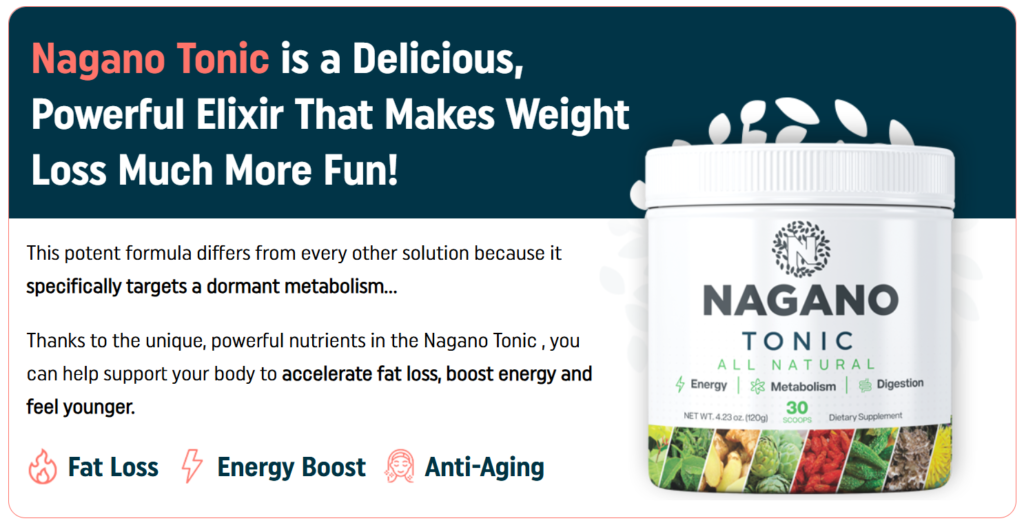Solvent Hazards: Understanding the Risks and Safety Measures
In many industries, solvents are essential chemicals used for a variety of purposes, including cleaning, degreasing, and as ingredients in manufacturing processes. However, despite their usefulness, solvents can pose significant health and safety risks to workers. Understanding these solvent hazards and implementing appropriate safety measures is critical to protecting employees and preventing accidents. This blog aims to discuss solvent hazards in detail, covering their types, associated health risks, and effective safety protocols to minimize exposure.
What Are Solvents?
A solvent is a liquid substance used to dissolve, suspend, or extract other materials without changing their chemical composition. Solvents are commonly used in industries like manufacturing, automotive, pharmaceuticals, and cosmetics. Some common solvents include acetone, toluene, methanol, and xylene. While they are indispensable in many processes, they can also be hazardous if not handled properly.
Types of Solvents and Their Hazards
Solvents can be broadly categorized into two types: organic and inorganic solvents. Organic solvents are carbon-based, and many are derived from petroleum. Inorganic solvents, on the other hand, do not contain carbon. Both categories come with their own set of hazards, but the most common concerns relate to organic solvents.
1. Volatile Organic Compounds (VOCs)
Volatile Organic Compounds (VOCs) are a group of organic solvents that easily evaporate into the air at room temperature. Common examples include benzene, toluene, and acetone. These solvents are widely used in paints, adhesives, and cleaning products. Prolonged exposure to VOCs can lead to respiratory issues, headaches, dizziness, and, in extreme cases, long-term damage to the liver, kidneys, and central nervous system.
2. Hydrocarbon Solvents
Hydrocarbon solvents are primarily derived from petroleum and include substances such as gasoline, kerosene, and diesel fuel. These solvents are flammable and pose a significant risk of fire or explosion if not handled correctly. In addition to the fire hazards, exposure to hydrocarbon solvents can lead to skin irritation, headaches, and dizziness, with long-term exposure causing damage to vital organs.
3. Chlorinated Solvents
Chlorinated solvents, such as trichloroethylene and perchloroethylene, are commonly used in industrial cleaning and degreasing operations. These solvents are highly effective at removing oils and greases from machinery, but they come with a range of health hazards. Prolonged exposure to chlorinated solvents can lead to cancer, liver damage, and nervous system issues. Moreover, they are harmful to the environment when disposed of improperly.
Health Risks of Solvent Exposure
Solvent exposure can occur through inhalation, skin contact, or ingestion. The risks associated with solvent exposure depend on the specific solvent, the concentration, and the duration of exposure. Below are some of the most common health risks associated with solvent exposure.
1. Respiratory Issues
Inhalation of solvent vapors can irritate the respiratory system, leading to coughing, shortness of breath, and wheezing. Chronic exposure to solvent vapors can cause more severe health issues, including bronchitis, asthma, and even lung cancer. Workers in industries that use solvents in large quantities are at a higher risk of developing respiratory problems.
2. Skin Irritation and Dermatitis
Solvent exposure can cause various skin conditions, ranging from mild irritation to severe dermatitis. Some solvents, especially hydrocarbons and chlorinated solvents, can remove natural oils from the skin, leaving it dry and susceptible to cracking. Prolonged skin exposure to solvents may lead to chemical burns or more serious health conditions.
3. Central Nervous System (CNS) Damage
Many solvents, particularly VOCs, are neurotoxic, meaning they can have adverse effects on the central nervous system. Acute symptoms of CNS toxicity include headaches, dizziness, nausea, and fatigue. Chronic exposure can lead to more severe conditions such as memory loss, cognitive impairment, and depression. In extreme cases, solvents like toluene and benzene can cause irreversible brain damage.
4. Carcinogenic Effects
Certain solvents, such as benzene, are known carcinogens. Long-term exposure to carcinogenic solvents can increase the risk of developing cancer, particularly leukemia and lymphoma. Even short-term exposure to high concentrations of these solvents can be harmful, and workers should take extra precautions to minimize exposure.
5. Organ Damage
Prolonged exposure to solvents can result in damage to vital organs such as the liver, kidneys, and heart. For instance, methanol and ethanol can cause liver toxicity, while xylene and toluene can have adverse effects on the kidneys. Early signs of organ damage may not be noticeable, but long-term exposure increases the risk of permanent damage.
Safe Handling and Storage of Solvents
To minimize the health and safety risks associated with solvents, it is essential to follow best practices for handling, storing, and disposing of them.
1. Proper Storage of Solvents
Solvents should be stored in well-ventilated areas, away from heat sources and open flames. Flammable solvents, such as hydrocarbons, should be stored in flame-proof cabinets or containers. Additionally, solvent containers should be tightly sealed to prevent leakage and minimize vapor release into the environment.
Hazardous Storage Cabinet 2 Gallon, 13″ x 13″ x 13″ Flammable Industrial Safety Cabinet
2. Ventilation and Fume Extraction
One of the most effective ways to reduce solvent exposure is by ensuring adequate ventilation in workspaces. Installing fume hoods and local exhaust ventilation systems can help capture and remove solvent vapors from the air. Workers should also use respirators or masks when working with volatile solvents to reduce inhalation risks.
3. Personal Protective Equipment (PPE)
Personal protective equipment (PPE) is essential for preventing direct contact with solvents. Workers should wear gloves, goggles, and protective clothing to minimize skin exposure. Depending on the solvent and the type of work being performed, additional PPE such as respirators or face shields may be necessary.
4. Training and Safety Programs
Regular training on the safe handling and use of solvents is crucial for preventing accidents. Workers should be educated about the potential hazards of solvents and how to properly use safety equipment. Safety programs should include emergency procedures in case of solvent spills, fires, or exposure incidents.
5. Proper Disposal of Solvents
Improper disposal of solvents can lead to environmental contamination and pose serious risks to public health. Solvents should never be poured down drains or thrown away in regular trash. Instead, they should be disposed of according to local hazardous waste disposal regulations. Many facilities have designated disposal sites or recycling programs for solvents.
Conclusion: Ensuring a Safe Working Environment
Solvents are indispensable in various industrial applications, but they come with inherent hazards that must be managed carefully. Employers and workers must take proactive measures to reduce solvent exposure and prevent accidents. By understanding the types of solvents, their associated risks, and implementing strict safety protocols, businesses can create a safer working environment. Proper storage, PPE, ventilation, and regular training are key to minimizing the dangers posed by solvent hazards.
By following these safety guidelines, workers can protect themselves from the harmful effects of solvent exposure and ensure their long-term health and well-being. Employers should continually assess the risks associated with solvents and update safety practices accordingly to keep workers safe.
“Start Your Website Journey Today – Exclusive Hostinger Discounts!”











